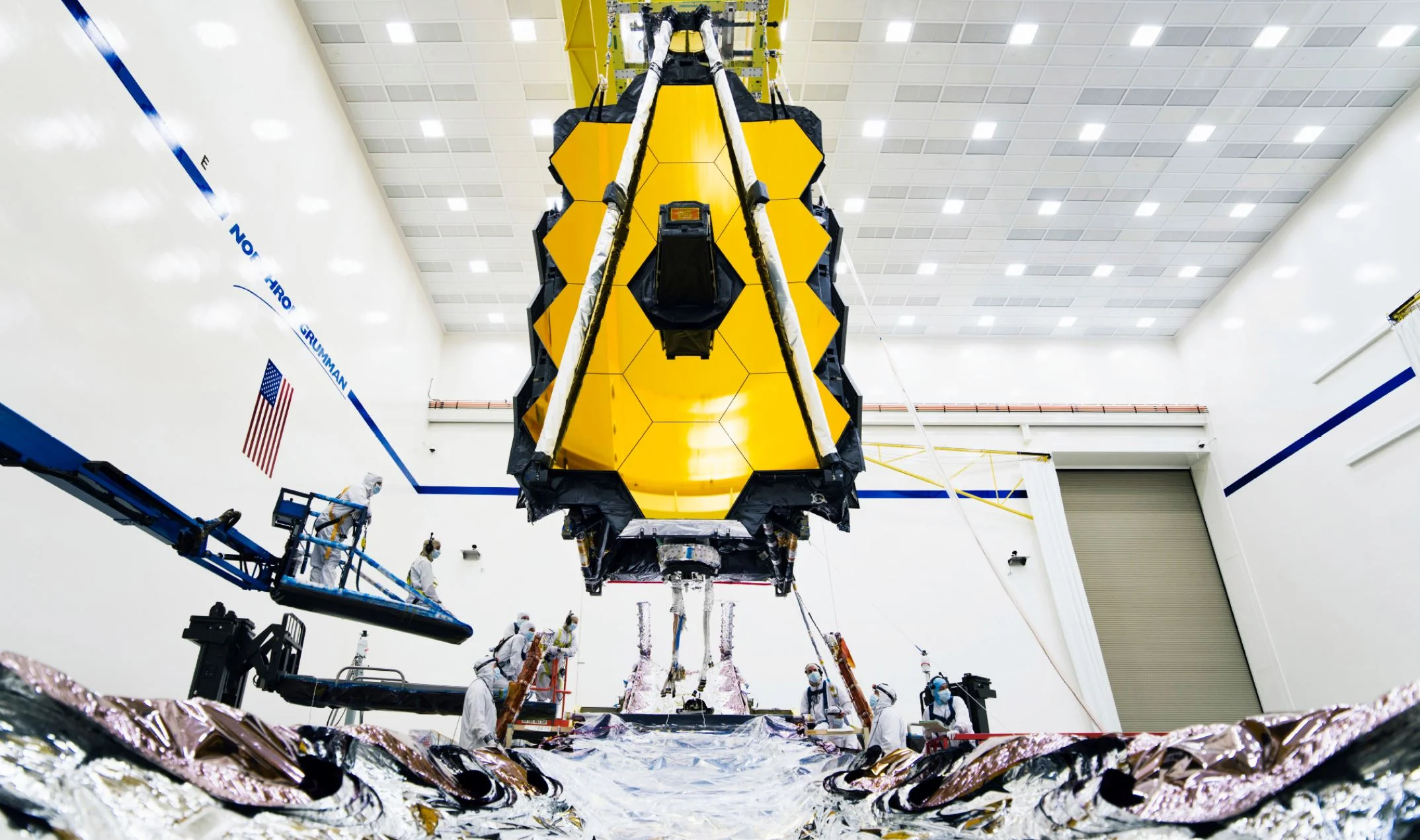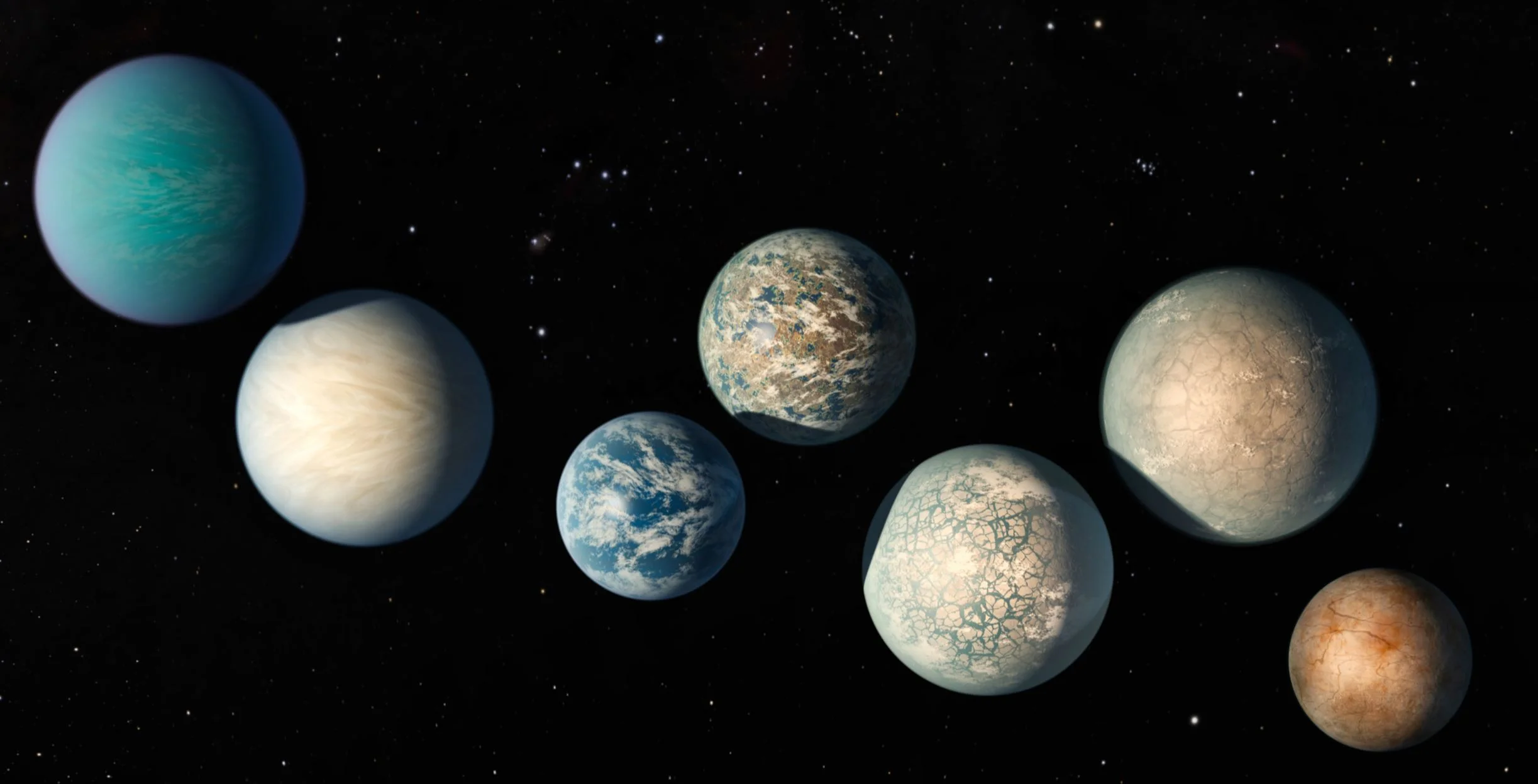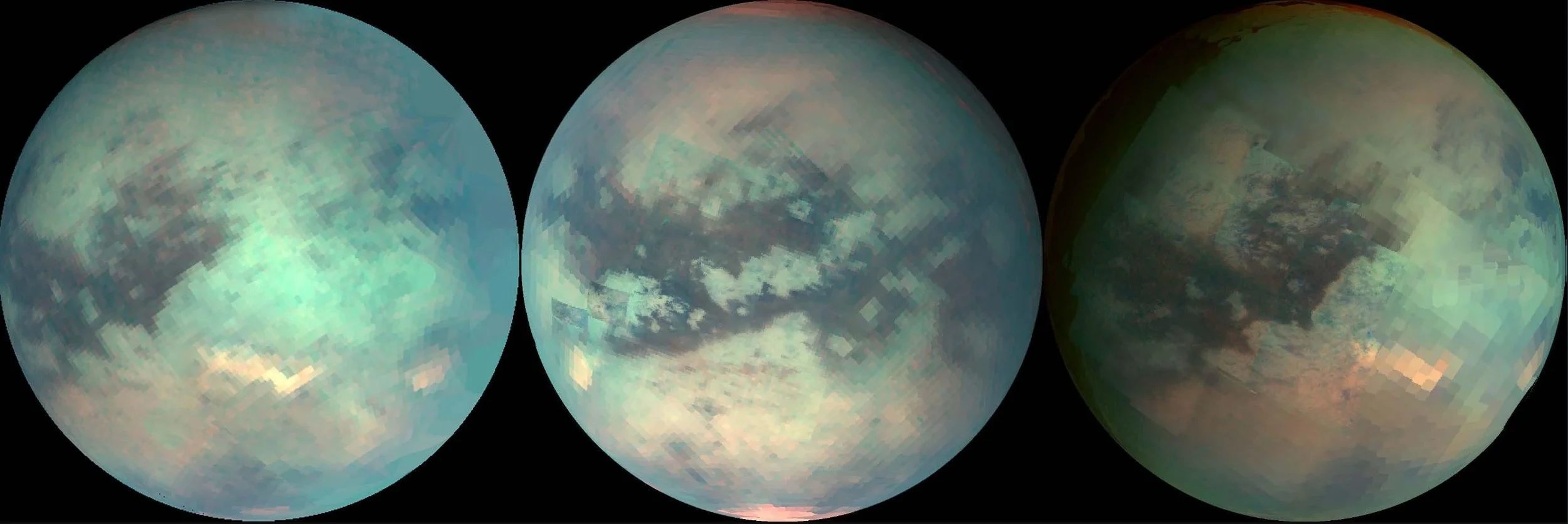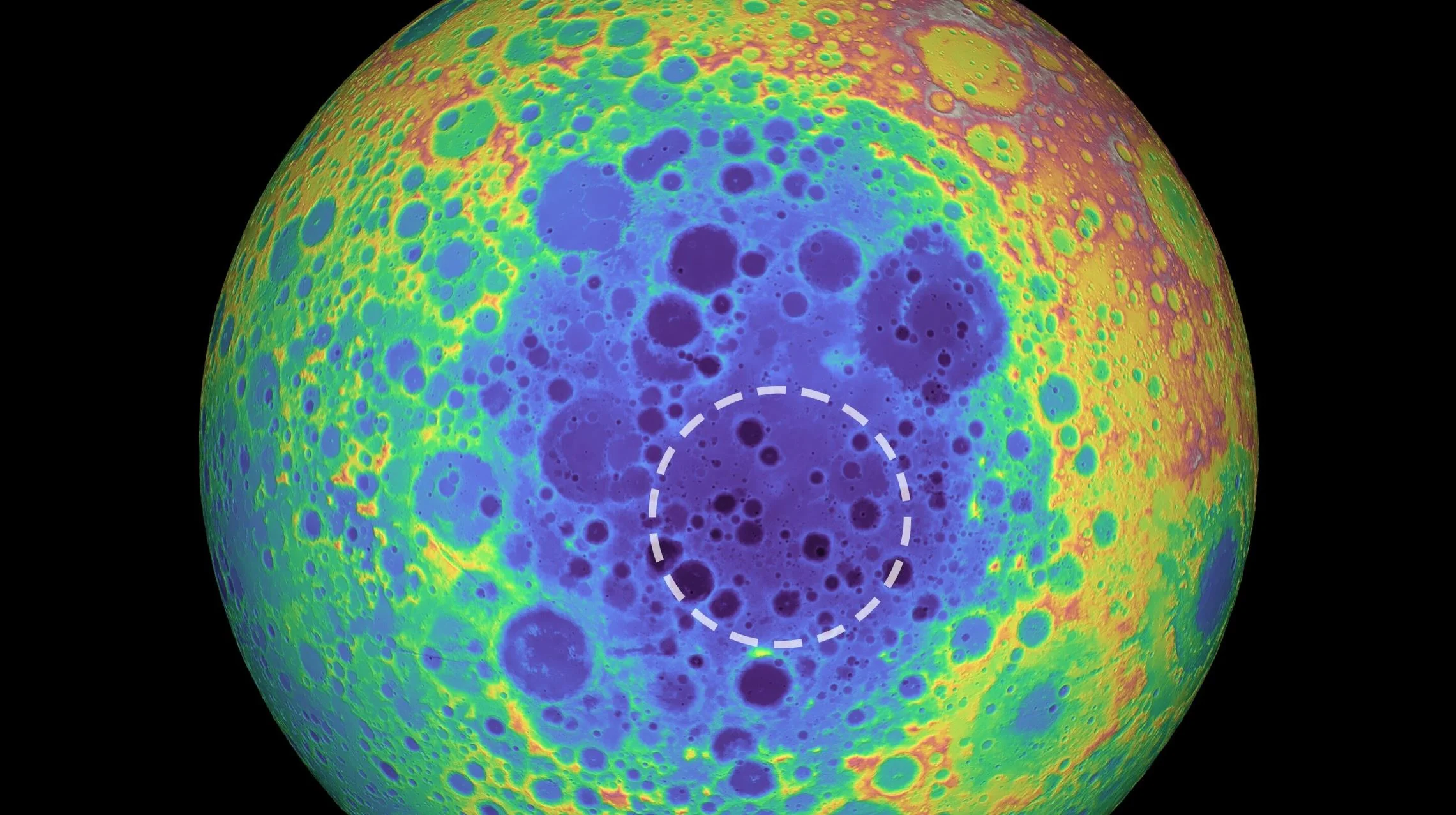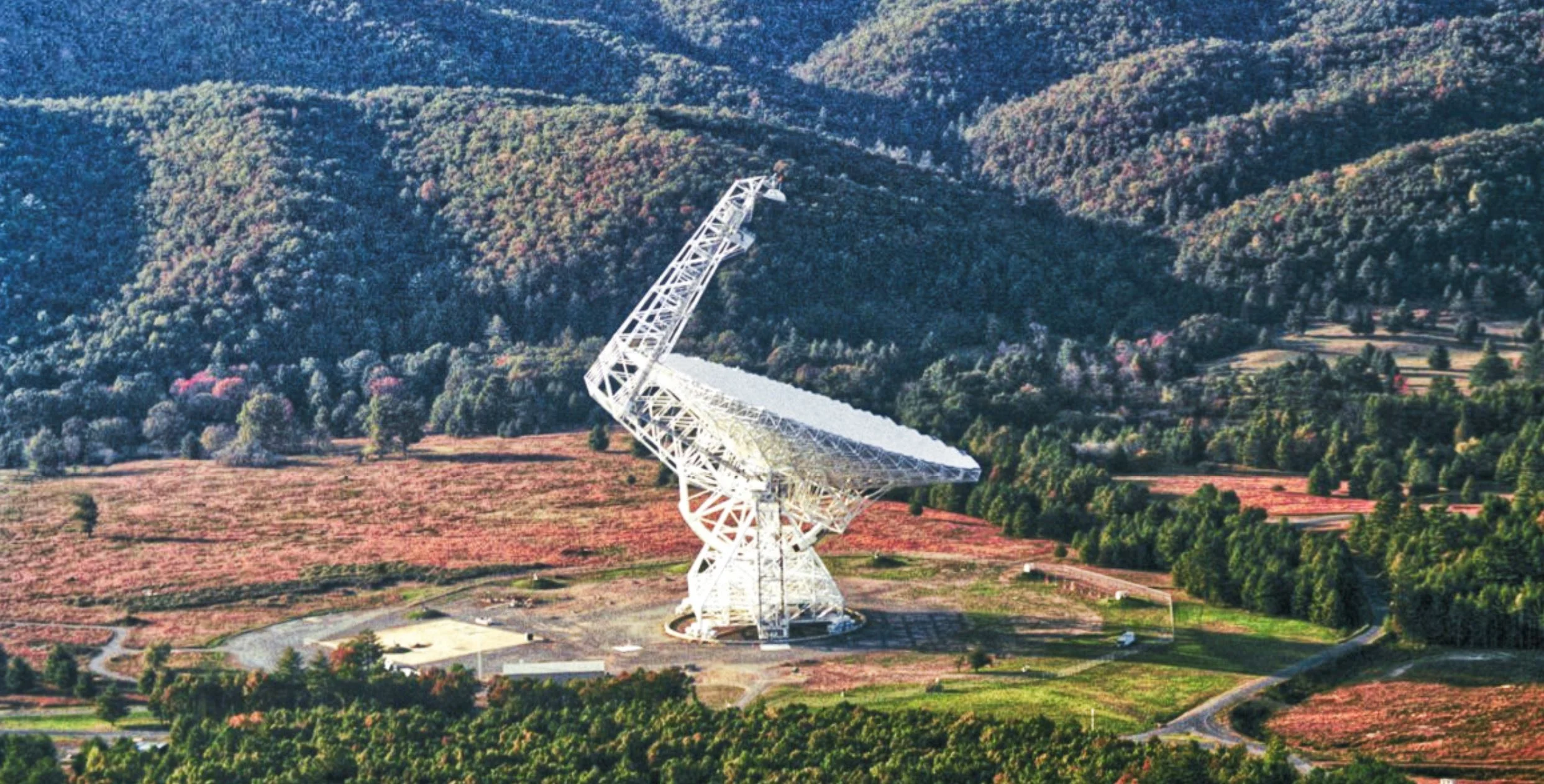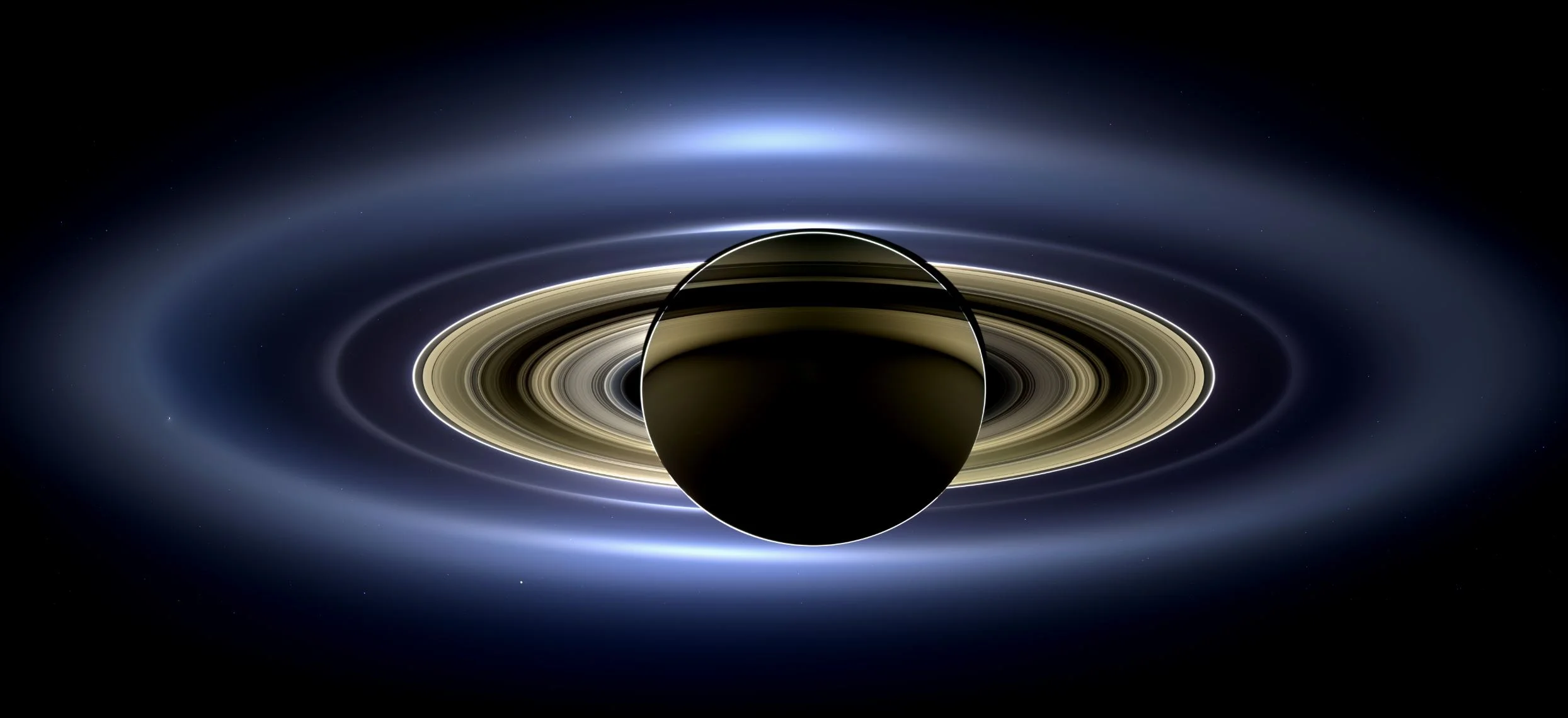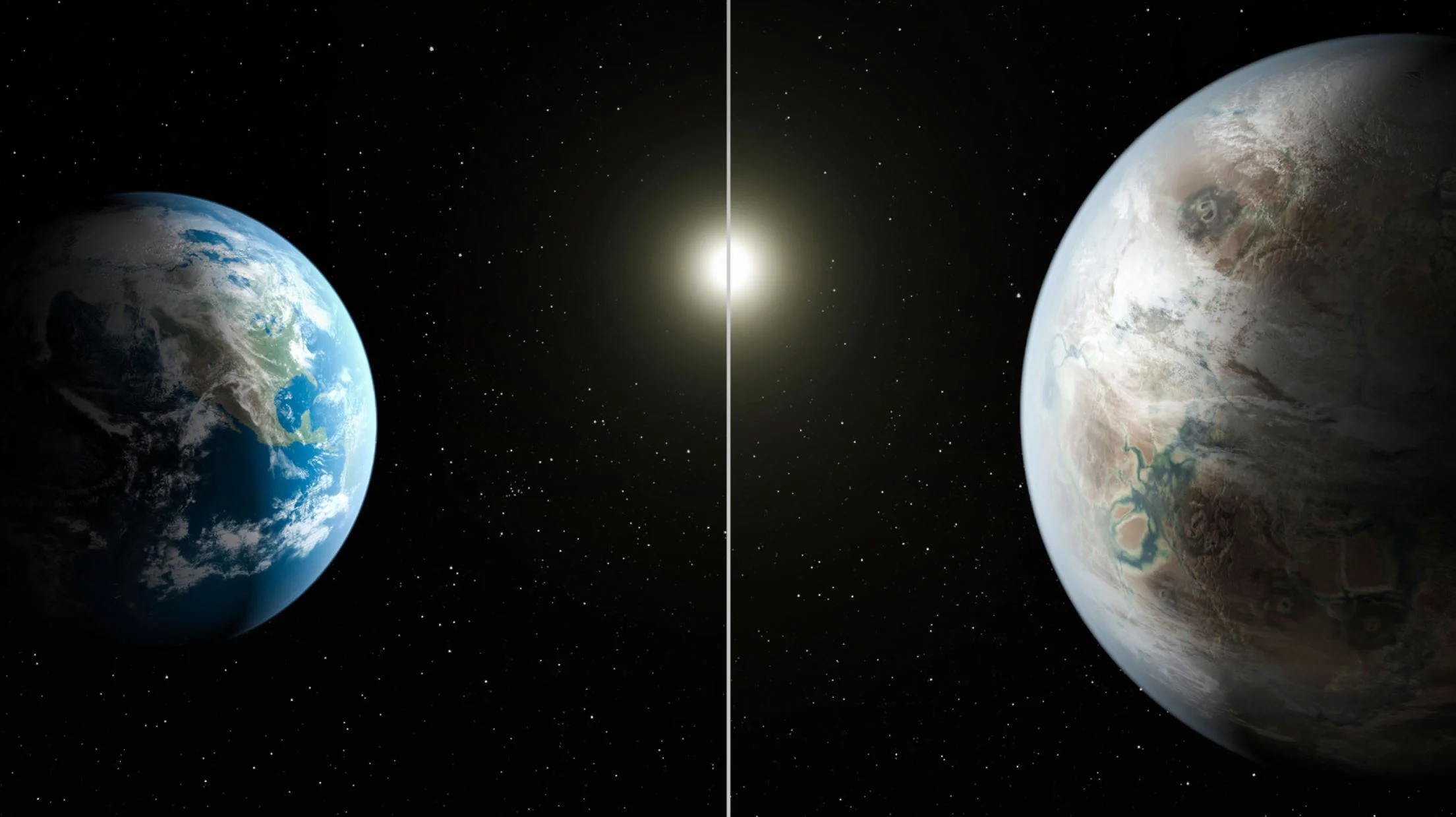The The James Webb Space Telescope has been fully assembled and is ready for testing
New findings show that some exoplanets might be MORE habitable than Earth
Researchers find a brilliant way to search for alien life
Billions of years ago, Jupiter might have swallowed a planet ten times larger than Earth!
Microbial life on Mars might be hitchhiking on flying dust particles
Is dark matter older than the big bang?
Dark matter has eluded astrophysicists for quite some time. Its existence was first suggested in the 1920s by a Dutch astronomer named Jacobus Kaptyen, based on stellar velocities.
Amazing newly discovered exoplanet 'one-ups' Tatooine from Star Wars
First country has approved participation in constructing the largest telescope the world has ever known
How Habitable is Titan? NASA is Sending the Titan Dragonfly Helicopter to Find Out
Why Is The Moon’s South Pole So Important? It’s All About Water
Dead planets can ‘broadcast’ for up to a billion years
A brief astronomical history of Saturn’s amazing rings
Kepler helps count earth-like planets around sun-like stars to estimate how common we are
The Milky Way’s Black Hole Just Flared, Growing 75 Times as Bright for a Few Hours!
Even though the black hole at the center of the Milky Way is a monster, it’s still rather quiet. Called Sagittarius A*, it’s about 4.6 million times more massive than our Sun. Usually, it’s a brooding behemoth. But scientists observing Sgr. A* with the Keck Telescope just watched as its brightness bloomed to over 75 times normal for a few hours.
Traces of One of the Oldest Stars in the Universe Found Inside Another Star!
Astronomers Uncover Dozens of Previously Unknown Ancient and Massive Galaxies
For decades, astronomers have been trying to see as far as they can into the deep Universe. By observing the cosmos as it was shortly after the Big Bang, astrophysicists and cosmologists hope to learn all they can about the early formation of the Universe and its subsequent evolution. Thanks to instruments like the Hubble Space Telescope, astronomers have been able to see parts of the Universe that were previously inaccessible.
Virtual 'Universe Machine' Sheds Light on Galaxy Evolution
Cloaked Black Hole Discovered in Early Universe!
Maybe Dark Matter is Warm, Not Cold
Since the “Golden Age of General Relativity” in the 1960s, scientists have held that much of the Universe consists of a mysterious invisible mass known as “Dark Matter“. Since then, scientists have attempted to resolve this mystery with a double-pronged approach. On the one hand, astrophysicists have attempted to find a candidate particle that could account for this mass.
Kepler’s forgotten ideas about symmetry help explain spiral galaxies without the need for dark matter
The 17th-century astronomer Johannes Kepler was the first to muse about the structure of snowflakes. Why are they so symmetrical? How does one side know how long the opposite side has grown? Kepler thought it was all down to what we would now call a “morphogenic field” – that things want to have the form they have. Science has since discounted this idea. But the question of why snowflakes and similar structures are so symmetrical is nevertheless not entirely understood.

